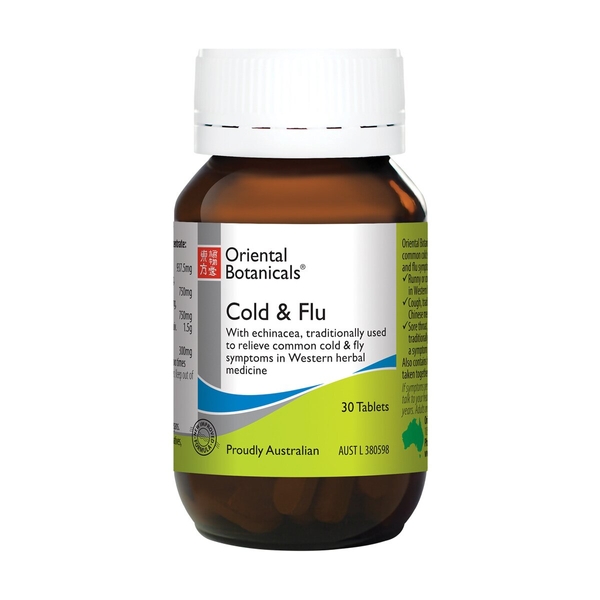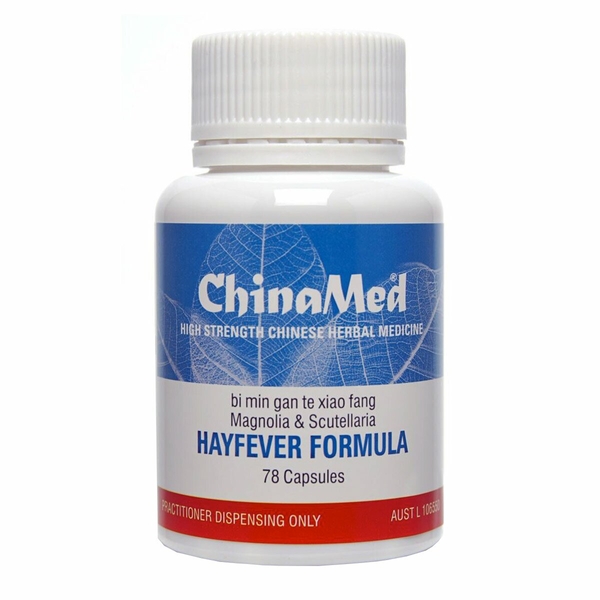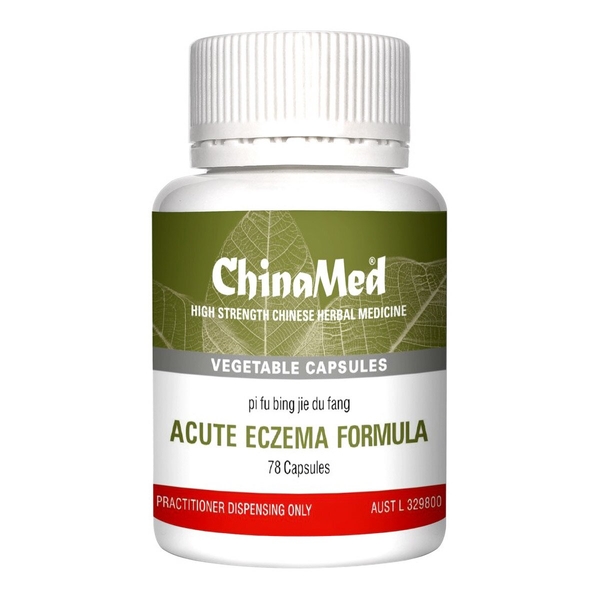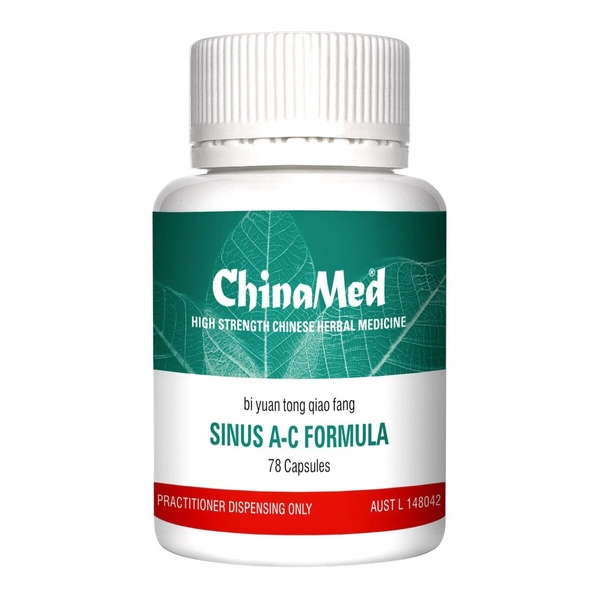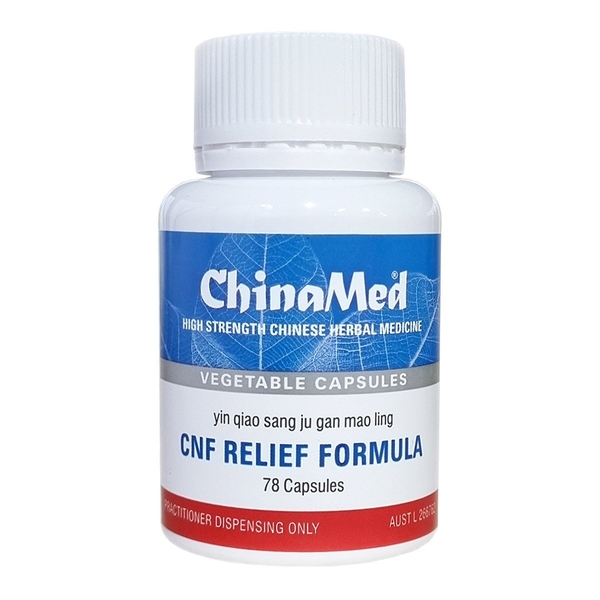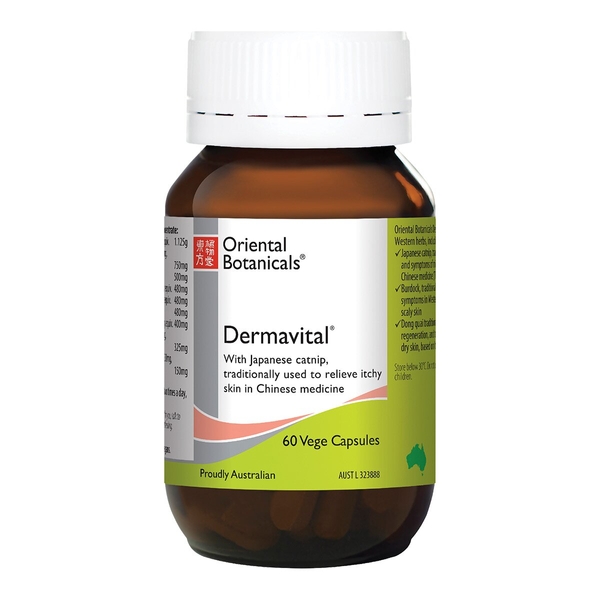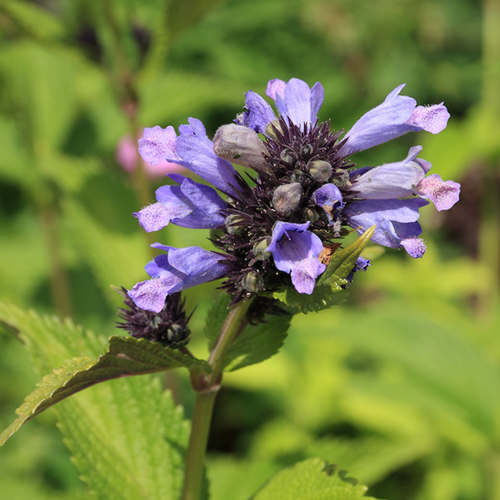
Background
Schizonepeta is used for the common cold, fever, sore throat, pain, eczema (atopic dermatitis), psoriasis, and many other conditions, but there is no good scientific evidence to support these uses.
Safety Safety definitions
Special Precautions & Warnings:
Pregnancy and breast-feeding: There isn't enough reliable information to know if schizonepeta is safe to use when pregnant or breast-feeding. Stay on the safe side and avoid use.Effectiveness
- Eczema (atopic dermatitis). Some research shows that schizonepeta in combination with 9 other herbs (Zemaphyte, Phytopharm Plc.) might reduce redness and irritation in people with eczema. However, other research shows no effect.
- Common cold.
- Fever.
- Sore throat.
- Psoriasis.
- Abnormally heavy bleeding during menstrual periods (menorrhagia).
- Other conditions.
Dosing & administration
Interactions with pharmaceuticals
Medications changed by the liver (Cytochrome P450 1A2 (CYP1A2) substrates)
Interaction Rating=Moderate Be cautious with this combination.
Some medications are changed and broken down by the liver. Schizonepeta might decrease how quickly the liver breaks down some medications. Taking schizonepeta along with some medications that are changed by the liver may increase the effects and side effects of some medications. Before taking schizonepeta, talk to your healthcare provider if you take any medications that are changed by the liver.
Some of these medications that are changed by the liver include clozapine (Clozaril), cyclobenzaprine (Flexeril), fluvoxamine (Luvox), haloperidol (Haldol), imipramine (Tofranil), mexiletine (Mexitil), olanzapine (Zyprexa), pentazocine (Talwin), propranolol (Inderal), tacrine (Cognex), theophylline, zileuton (Zyflo), zolmitriptan (Zomig), and others.
Medications changed by the liver (Cytochrome P450 2D6 (CYP2D6) substrates)
Interaction Rating=Moderate Be cautious with this combination.
Some medications are changed and broken down by the liver. Schizonepeta might decrease how quickly the liver breaks down some medications. Taking schizonepeta along with some medications that are changed by the liver may increase the effects and side effects of some medications. Before taking schizonepeta talk to your healthcare provider if you take any medications that are changed by the liver.
Some medications that are changed by the liver include amitriptyline (Elavil), codeine, desipramine (Norpramin), flecainide (Tambocor), haloperidol (Haldol), imipramine (Tofranil), metoprolol (Lopressor, Toprol XL), ondansetron (Zofran), paroxetine (Paxil), risperidone (Risperdal), tramadol (Ultram), venlafaxine (Effexor), and others.
Medications changed by the liver (Cytochrome P450 2E1 (CYP2E1) substrates)
Interaction Rating=Moderate Be cautious with this combination.
Some medications are changed and broken down by the liver. Schizonepeta might decrease how quickly the liver breaks down some medications. Taking schizonepeta along with some medications that are broken down by the liver may increase the effects and side effects of some medications. Before taking schizonepeta talk to your healthcare provider if you take any medications that are changed by the liver.
Some medications changed by the liver include acetaminophen, chlorzoxazone (Parafon Forte), ethanol, theophylline, and anesthetics such as enflurane (Ethrane), halothane (Fluothane), isoflurane (Forane), methoxyflurane (Penthrane).
Medications changed by the liver (Cytochrome P450 3A4 (CYP3A4) substrates)
Interaction Rating=Moderate Be cautious with this combination.
Some medications are changed and broken down by the liver. Schizonepeta might increase how quickly the liver breaks down some medications. Taking schizonepeta along with some medications that are broken down by the liver may decrease the effects of some medications. Before taking schizonepeta talk to your healthcare provider if you take any medications that are changed by the liver.
Some medications changed by the liver include lovastatin (Mevacor), ketoconazole (Nizoral), itraconazole (Sporanox), fexofenadine (Allegra), triazolam (Halcion), and many others.
Interactions with herbs & supplements
Interactions with foods
Action
Products
View all products- Schizonepeta tenuifolia (Jing Jie) ext. 22.387 mg
- Magnolia liliflora ext. 37.312 mg
- Morus alba ext. 37.312 mg
- Mentha haplocalyx ext. 37.312 mg
- Chrysanthemum sinense ext. 29.85 mg
- Angelica dahurica ext. 22.387 mg
- Scutellaria baicalensis ext. 22.387 mg
- Xanthium sibiricum ext. 22.387 mg
- Cinnamomum cassia (bark) ext. 22.387 mg
- Anemone altaica ext. 22.387 mg
- Schizonepeta tenuifolia (Jing Jie) ext. 22.2 mg
- Smilax glabra ext. 36.9 mg
- Lonicera japonica ext. 36.9 mg
- Gardenia jasminoides ext. 29.4 mg
- Plantago asiatica ext. 29.4 mg
- Scutellaria baicalensis ext. 22.2 mg
- Bassia scoparia ext. 22.2 mg
- Dictamnus dasycarpus ext. 22.2 mg
- Cynanchum stauntonii ext. 22.2 mg
- Sophora flavescens ext. 22.2 mg
- Glycyrrhiza uralensis ext. 12 mg
- Angelica dahurica ext. 22.2 mg
- Schizonepeta tenuifolia (Jing Jie) ext. 20.13 mg
- Lonicera japonica ext. 26.88 mg
- Forsythia suspensa ext. 26.88 mg
- Mentha haplocalyx ext. 26.88 mg
- Morus alba ext. 26.88 mg
- Chrysanthemum sinense ext. 20.16 mg
- Magnolia liliflora ext. 20.16 mg
- Xanthium sibiricum ext. 20.16 mg
- Angelica dahurica ext. 20.16 mg
- Scutellaria baicalensis ext. 20.13 mg
- Gardenia jasminoides ext. 20.13 mg
- Ligusticum sinense ext. 20.13 mg
- Glycyrrhiza uralensis ext. 11.16 mg
- Schizonepeta tenuifolia (Jing Jie) ext. 11.19 mg
- Lonicera japonica ext. 33.54 mg
- Forsythia suspensa ext. 22.35 mg
- Scutellaria baicalensis ext. 27.96 mg
- Phragmites australis ext. 22.35 mg
- Morus alba ext. 16.77 mg
- Saposhnikovia divaricata ext. 16.77 mg
- Prunus armeniaca ext. 16.77 mg
- Mentha haplocalyx ext. 16.77 mg
- Glycine max ext. 16.77 mg
- Chrysanthemum sinense ext. 11.19 mg
- Glycyrrhiza uralensis ext. 9.3 mg
- Platycodon grandiflorus ext. 11.19 mg
- Isatis tinctoria ext. 33.54 mg
- Isatis tinctoria ext. 33.54 mg
- Schizonepeta tenuifolia (Japanese catnip) ext. 150 mg
- Angelica polymorpha ext. 75 mg
- Arctium lappa ext. 50 mg
- Paeonia lactiflora ext. 68.57 mg
- Rehmannia glutinosa ext. 80 mg
- Tribulus terrestris ext. 32 mg
- Saposhnikovia divaricata ext. 100 mg
- Astragalus membranaceus ext. 32.5 mg
- Glycyrrhiza uralensis ext. 30 mg

